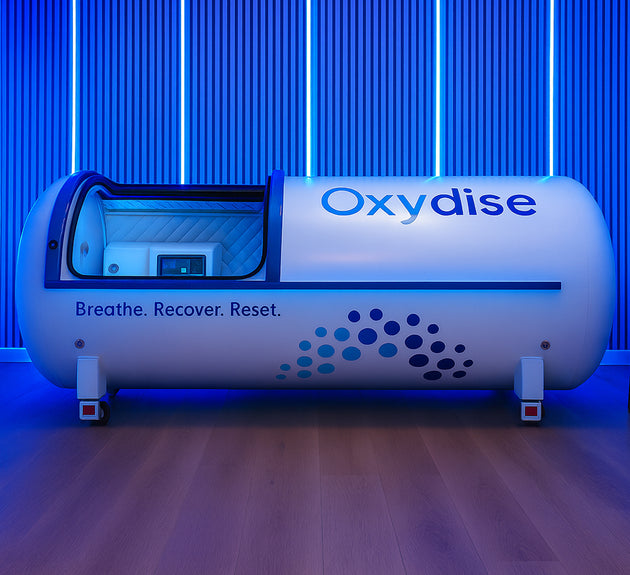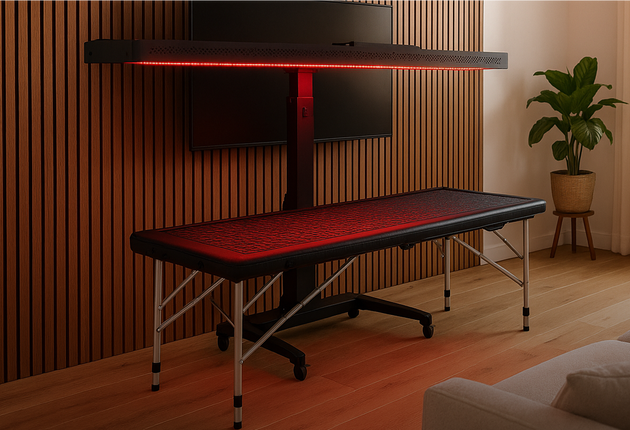Cancer treatment, particularly radiotherapy, has been a lifesaver for millions of people worldwide. However, while radiotherapy is effective in destroying cancer cells, it can also cause damage to healthy tissues, leading to a condition known as Late Radiation Tissue Injury (LRTI). LRTI can develop months or even years after treatment, causing pain, discomfort, and other complications that can significantly affect a person’s quality of life.
LRTI can affect different parts of the body depending on the area that was treated with radiation. Common areas include the head, neck, and lower digestive tract. Symptoms of LRTI can range from mild discomfort to severe pain and functional impairments.
Recent research has explored the benefits of HBOT for treating LRTI, and the results are promising. A study reviewed the effects of HBOT on patients with LRTI, including those with radiation injuries to the head, neck, and rectum. The study included several trials and found that HBOT significantly improved the healing process in these patients.
Key findings from the research include:
- Improved Healing of Radiation-Damaged Tissues: HBOT was found to be particularly effective in healing tissues damaged by radiation. For example, patients with osteoradionecrosis—a severe form of bone damage—showed a higher likelihood of complete healing when treated with HBOT.
- Better Outcomes for Radiation Proctitis: Radiation proctitis, a painful condition affecting the rectum, also responded well to HBOT. Patients receiving HBOT were more likely to experience relief from symptoms and, in some cases, complete healing.
- Enhanced Recovery After Surgery: For patients who needed surgery in areas previously treated with radiation, such as dental extractions or reconstructive surgery, HBOT improved the success rate of these procedures. This is particularly important because radiation can make surgery in these areas more challenging and prone to complications.
- Preventing Further Complications: In addition to treating existing injuries, HBOT may help prevent further complications in patients undergoing surgery after radiotherapy. By improving blood flow and oxygenation to the affected tissues, HBOT helps reduce the risk of additional damage.
HBOT is not a one-size-fits-all treatment, but it has shown significant benefits for patients with specific types of late radiation injuries, particularly those affecting the head, neck, and lower digestive tract.
For more detailed information on this study, you can explore the research further here.
















